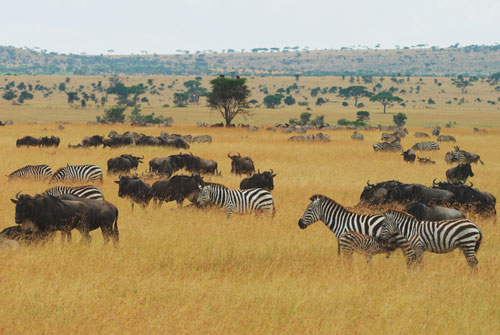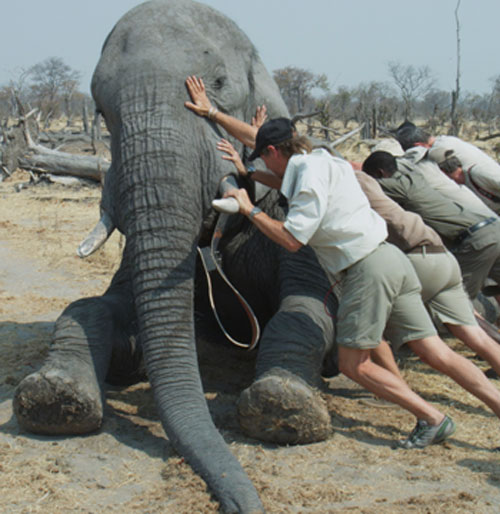
In the 20th century, humanity carved up the world into commercial pieces, and as a result Nature has been unraveling. The 21st century is the time for us to realize that we are one species among many - the time to make a new relationship with the natural world - the time to heal fragmented landscapes so nature can once again thrive.
~Harvey Locke
Connectivity conservation can be transformative for communities and landowners learning to live with wildlife. From communal lands in the African bush to expansive private ranches in North America, choices that allow wildlife the room they need to survive can bring significant economic or social consequences. Ranchers must invest in new fencing, hire wranglers to tend herds, and allow for lost income associated with predation. Tribal leaders and farmers in Africa must address ages of tradition that encourage the killing of lions that take cattle, or elephants that trample gardens as they search for ways to make a livelihood living side by side with wildlife. And the human societies that dominate the planet must now decide, “What are we willing to do to ensure the survival of wildlife on this planet?”
There are some very effective organizations working to protect biodiversity and preserve habitats that support wildlife. Learn about and support their work. Take a trip to see what they do. Design an internship or volunteer.
Follow these links to see who’s working on connectivity, and where YOU can get involved.
Jump to:
Groups Working on Connectivity
Learning to Live with Wildlife
People of Faith -- Caring for Creation

